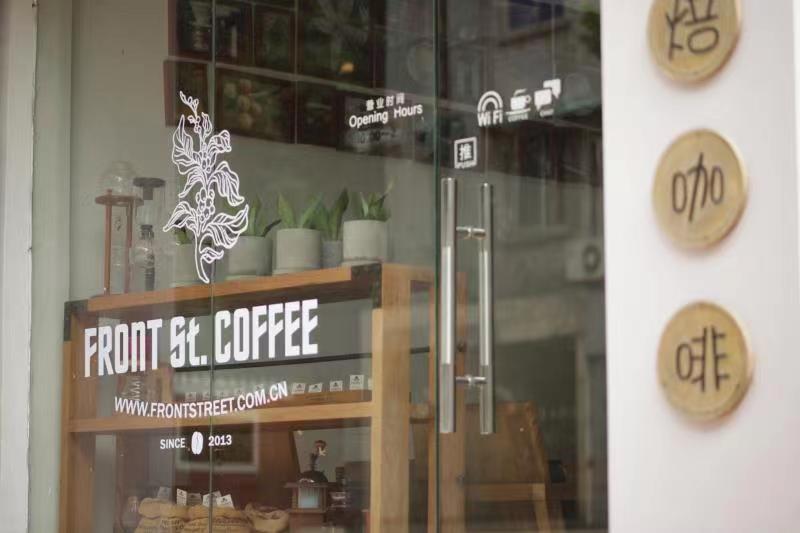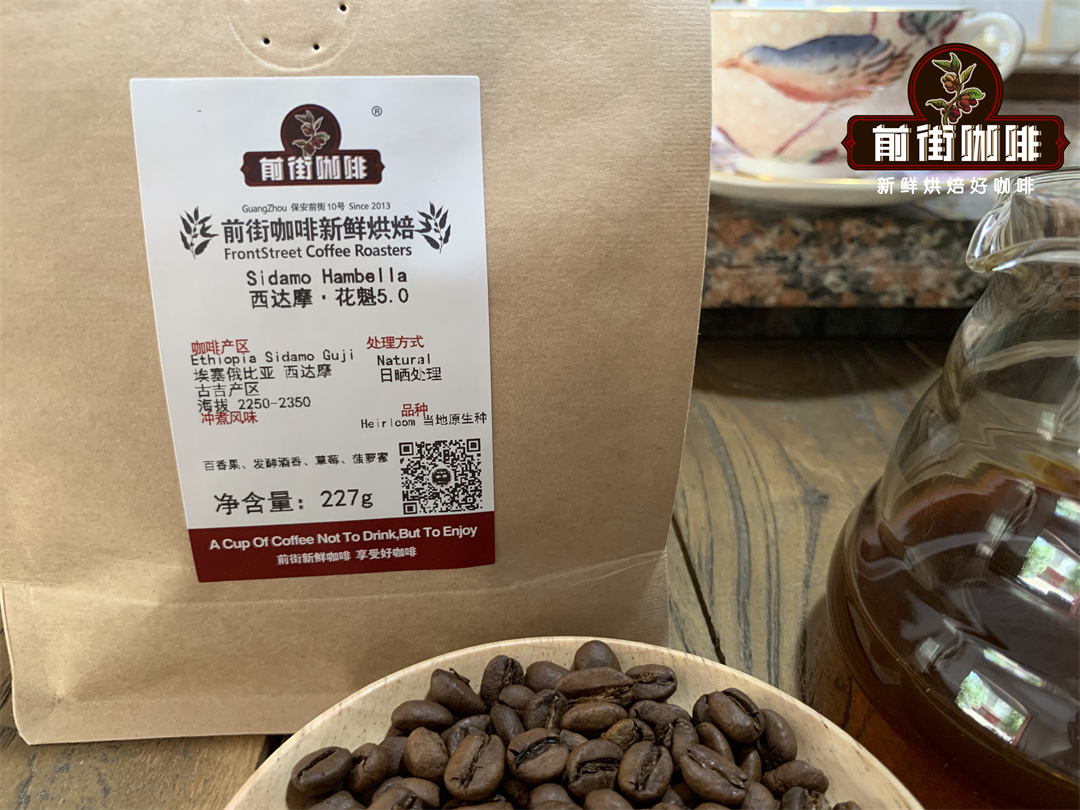The best coffee history schedule in the world
The most comprehensive coffee history in the world! Including detailed information about all aspects of coffee history, from the origin of coffee factories and the first human consumption of coffee to today, coffee is the second most traded commodity in the world, as well as the continued rise of the boutique coffee market. It also includes historic coffee quotations and information about early cafes, some of which still exist today. The history of the coffee timeline.
This coffee timeline will lead you to different aspects of coffee history, including milestones in the evolutionary way of coffee machines and coffee machines like mocha pots, while in the invention and innovation of decaffeinated coffee, instant coffee, coffee grinders, coffee roasters, home roasters, coffee brewing, espresso brewing and coffee companies as well as important coffee legislation.
Interesting facts:
The legend of coffee is found to have something to do with Kaldi and his dancing goat. The early history of coffee included a 1674 pamphlet from England called "Women's petition against Coffee". In the 18th century, English cafes were called "Penny University"
The discovery of coffee
Most historians believe that human coffee consumption first occurred in the mountains of Ethiopia, then known as Abyssinia, probably the Oromo people in the region. However, there is no direct evidence that anyone planted or used coffee before the 1600s, so later dates are based on circumstantial evidence.
Caldy the shepherd
There is a story told at the time that many people believe to be apocryphal because it did not appear in print until 1671, involving a shepherd named Kaldi who lived in the southwest of the Cafa region of rural Ethiopia in the Horn of Africa. When Kaldi found that his goat was suddenly energetic after eating some red berries, he tried coffee berries himself and found them very stimulating. Soon, some local monks also tried coffee berries and appreciated the ability to pray and meditate longer after eating berries. The use of coffee berries quickly spread in other monasteries and began to trek around the world. Today, a large amount of coffee is grown in the area, and many people believe that the coffee plants in the area are the only truly indigenous (native) coffee trees.

The Gara tribe of Ethiopia
There are also stories about the Ethiopian Gara tribe who noticed the feeling of eating berries and grinding animal fat together. Coffee, considered to be a food, is eaten by these Ethiopian tribes, who crush whole ripe berries, including shells and coffee beans, and then mix them with animal fat to form round food balls. and carry it on the journey to get nutrition as a stimulus. Coffee berries are also soaked in cold water, just like the sun tea made today.
Arab mystic Omar
Another traditional legend describes a man named Omar, an Arab mystic whose enemies exiled him to the desert. Had it not been for the broth made from the coffee berries he had found, he would have starved to death there, saving his life. In the nearby town of Moka, they interpreted the events in Omar as religious symbols.
Stories of intrigue, romance and religion
The story of how coffee was first discovered and then spread to all the major countries on earth is a fascinating story, including romance, politics, religion, intrigue, heroes, deception, greed and innovation. From shepherds eating coffee berries in the mountains of ancient Ethiopia to the 400 billion cups of coffee consumed around the world every day! The story of coffee includes many twists and turns-raw coffee is smuggled across the ocean, presented to the king, carried along ancient spice routes on land and at sea, and banned by the government and clergy.
A dangerous relationship in the name of coffee
The factory that founded the Brazilian coffee empire hides a bouquet of flowers, a parting gift from the wife of the governor of Guyana after illegally contacting a Brazilian lieutenant on a mission to resolve the border dispute. And get coffee! Today, only oil, as an inter-country foreign exchange product, is a more valuable commodity on world markets and traded as a commodity on major futures and commodity exchanges, including New York and London. Coffee is also responsible for hundreds of millions of jobs ranging from coffee cultivation and coffee processing to coffee trade, transportation and coffee marketing.
The economies of many countries are mainly dependent on coffee, and about 70 countries-all between the Tropic of Cancer and the Tropic of Cancer-now grow coffee commercially. The total revenue of the coffee industry is about $60 billion a year. However, coffee is still a humble drink made from simple beans, really a seed, found in the center of a small berry that grows on a medium-sized shrub / tree and blossoms once a year to produce an annual crop. After harvesting the berries, they are processed, dried, roasted, ground, and then brewed into coffee or espresso. Take good care of the coffee beans from the soil to taste the coffee beans, showing a series of wonderful flavors and aromas, each region will produce different nuances and flavor of origin, and the right roasting can enhance and bring out the best quality of the coffee beans.
The History of Maxwell Coffee
1886-former grocer Joel Cheek named the blended coffee "Maxwell House House" after a hotel in Nashville, Tennessee, where it was popular.
1926-trademark registration was issued for "Maxwell House Good to the Last Drop", a slogan that continues to this day.
1942-American soldiers in World War II get Maxwell House coffee in their ration packs. Strong demand for coffee in the United States has led to a shortage of coffee in the United States, leading to the rationing of coffee to the public. After the war, the price of coffee will continue to rise.
The history of Colombian coffee
1840s-after rapid growth in coffee production in Java and Brazil, world coffee prices finally bottomed out. Since then the price of coffee has risen strongly until the 1890s. During this period, the increase in the value of coffee as a commodity encouraged many other countries to start mass production of coffee, including Colombia.
1903-after the Thousand-Day War, Colombians enjoyed a period of peace, and coffee became a major economic product. The areas of Tolima and Cundinamarca are home to large estates (coffee plantations), and farmers have begun to grow coffee in the mountains west of Caldas and Antioquia. The construction of the new railway has improved the country's ability to export coffee.
1905-Colombia exports 500000 bags of coffee. This number will double by 1915.
1914-interest in opening Colombian coffee exports in the Panama Canal. The port of Buenaventura became very important.
1914-Colombia's share of United States coffee imports increased from 687000 bags to 915000 bags.
1960-the Columbia Coffee Federation introduces the fictional advertising character Juan Valdez (Juan Valdez), which represents more than 500000 Colombian coffee farmers. Juan Valdez is portrayed as a humble coffee farmer, picking coffee beans every time, accompanied by his full load of mules.
Important Notice :
前街咖啡 FrontStreet Coffee has moved to new addredd:
FrontStreet Coffee Address: 315,Donghua East Road,GuangZhou
Tel:020 38364473
- Prev

Taste characteristics and planting area of Coffee beans in Limu Lim producing area of Ethiopia
Limu Lim is a high-quality wet-processed (washed) Ethiopian coffee with relatively low acidity but some sharpness. Hand-brewed coffee is famous for its well-balanced body (taste) and obvious aroma and spicy taste, usually with fruity, sweet, vibrant and floral aromas. Essel
- Next

Ningbo Internet celebrity mobile coffee car was urgently stopped for disrupting the city appearance order. What should we pay attention to?
"I'm sorry, I didn't know there were so many problems with driving coffee." In the past two years, there are more and more mobile coffee cars shuttling through the streets, and almost every city will have a unique online celebrity "coffee shop"-mobile coffee cars. Open a red book to search for "mobile coffee car", and the related notes have been
Related
- What ratio of water temperature and ground does the smart cup method use to press coffee? The difference between brewed coffee and filtered coffee?
- What is the standard process for the purpose of coffee cup testing? What is the difference between hand-brewed coffee and cup testing?
- How to use hand-brewed coffee paragon small golden balls? How does cold coffee lock in the aroma of coffee?
- Is American coffee black? What is the difference between American coffee and drip coffee?
- Unexpected! Well-known tea beverage brand Lele Tea will withdraw from the Zhengzhou market!
- Starbucks enters the fashion and beauty industry?! Netizen: Give me an ice American eye cream
- Why can American refills for free? The difference between Americano and American drip pot coffee
- Being chased out of the rain in front of Starbucks?! Store: Sheltering from rain under umbrellas poses a safety hazard
- The white moonlight has changed?! Lucky launches "Big Winter Pear American"
- Hand-brewed coffee three-stage method, high-sweet and universal brewing method to share! What does the high sweet water level of hand-brewed coffee mean?

